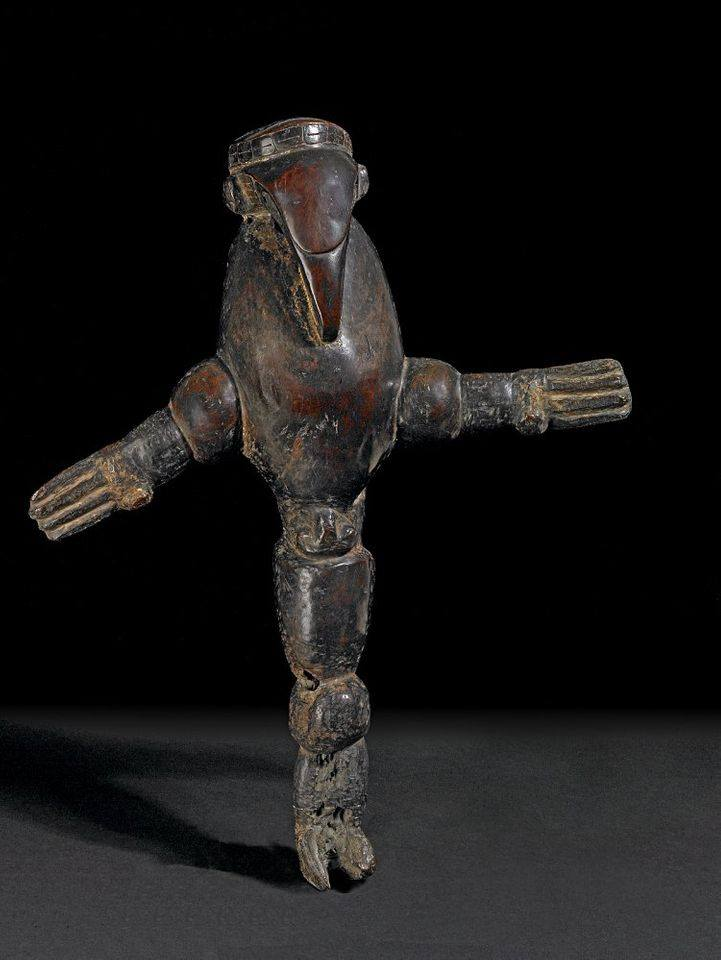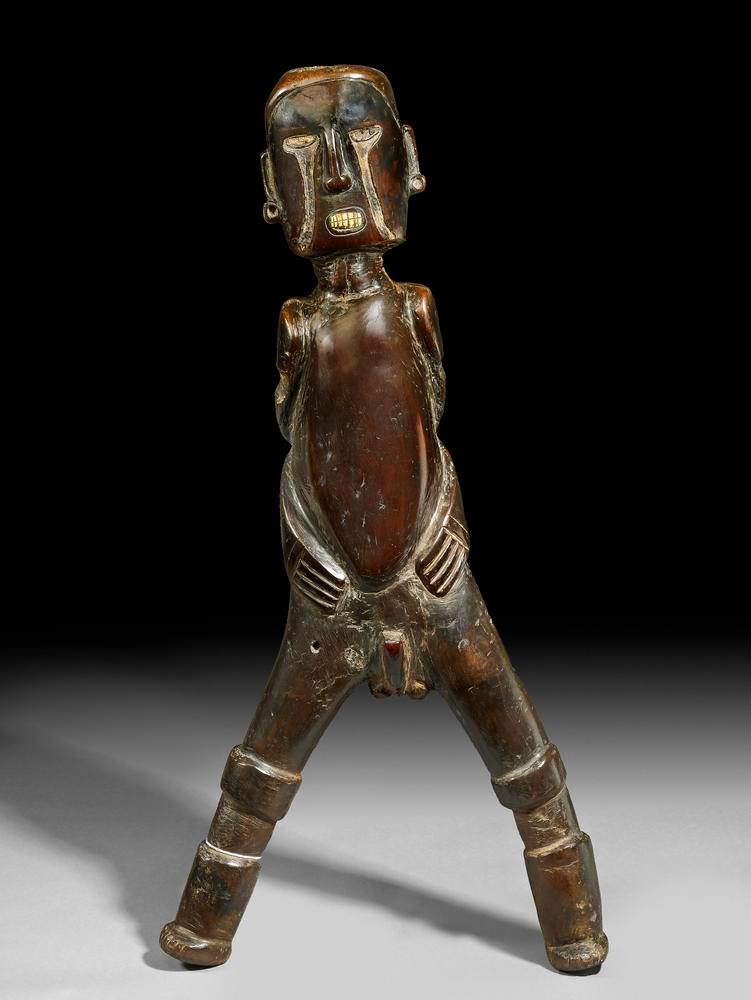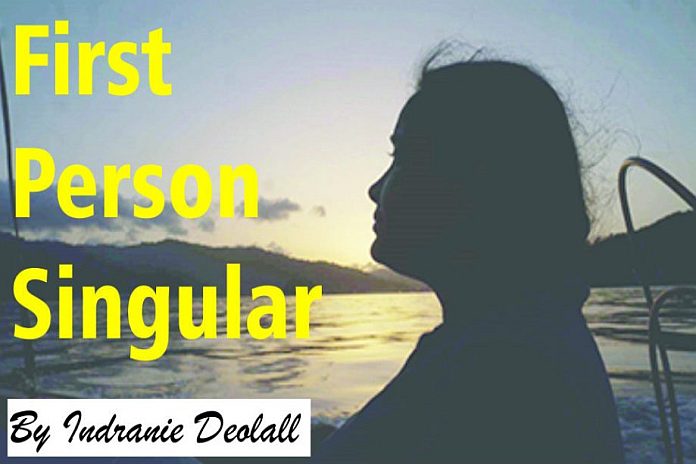The creation story of the Caribbean’s ancient people, the Tainos relate that they emerged from caves in a sacred mountain on present-day Hispaniola, but genetics is gradually revealing many twists in that tale and our history.
By Indranie Deolall
Across schools in the region, students have long been taught that millions of indigenous Taino people died out following the catastrophic arrival of the Spanish conquistadors, but recent revolutionary genetic studies are suddenly rewriting our history.
The latest momentous report published this month in the journal “Nature,” revealed that many modern Caribbean islanders retain distinct Taino DNA or deoxyribonucleic acid, the molecule that contains the unique genetic code of each organism that is passed down to descendants be it humans or hutias.
Preserved in words
Skilled navigators and farmers, the Taino is preserved too in our ready use of common words, derived from native languages, ranging from cassava, canoe, cay, caiman, guava, hammock, iguana, maize, manatee, and potato, to mangrove, tobacco, and savannah. Devastating hurricanes which sweep through this part of the world regularly, originate from Hurakán, the Taino name for their frightful God of storms.
Last Christmas weekend, we prepared a family favourite – barbecue, which was described by a Spanish explorer in the 16th century, as a “barbacoa,” a raised platform for storing grain and cooking food, and the particular method of grilling meat on a rack over a fire. More than a century later, “barbacu’d” appeared as a delicious verb, in the manuscript, “Jamaica Viewed” and the rest is culinary history whether jerk or chilli flavoured. “Ya-mah-ye-ka” itself means “Great Spirit of the Land of Man.”

Batata and Caribbean
I relied on my prized Guyanese “cassareep” made, in the country’s interior, from bitter cassava juice to colour my chicken pieces and seasoned vegetable rice, leaving out on this occasion, the potatoes, which all hail from the Andes, among them the Taino “batata” or magenta-skinned sweet version that we so love.
The very word Caribbean, which confers on us a certain proud identity, conjuring up comforting visions of sea, sand and sun even in this COVID-19 lockdown era, takes its’ title from another famous indigenous group termed in English, the Caribs, from the Spanish “Caribe,” adopted from the Arawakan language group, probably Taino, for “human being.” Since the Taino interchanged l, n, and r sounds, when Christopher Columbus heard the term in present-day Cuba back in 1492, it conveniently sounded to him much like “Caniba,” generalised to mean dreaded man-eaters and to justify the widespread genocide of the native peoples that ensued with enslavement, ill-treatment and disease. Many of the Taino terms resemble the Arawak family of languages surviving in Guyana and other parts of South America.
Smaller populations
On December 23, “Nature” released the most recent significant study analysing the remains of early Caribbean peoples. An international team of experts led by Harvard Medical School’s David Reich, a geneticist who specialises in ancient DNA, combined decades of archaeological work with advancements in genetic technology, to prove that these inhabitants were highly mobile, with distant relatives living on different islands.
His laboratory developed a new genetic technique for estimating past population size, showing the number of people living in the Caribbean when Europeans arrived was far smaller than previously thought, likely in just the tens of thousands, rather than the million or more boasted by Columbus and his successors.
A genetic lockbox
The Florida Museum of Natural History pointed out in a related report, that while the heat and humidity of the tropics can quickly break down organic matter, the human body contains a lockbox of genetic material: a small, unusually dense part of the bone protecting the inner ear. Primarily using this structure, researchers extracted and analyzed DNA from a record 174 people who lived in the Caribbean and Venezuela between 400 and 3,100 years ago, combining the information with 89 previously sequenced individuals.
Shedding fresh light on the movement of animals and humans, in the region, where each island can be a unique microcosm of life, the genetic evidence indicates the first inhabitants, a group of stone tool-users, boated to Cuba about 6,000 years ago, gradually expanding eastward to other islands during the region’s then Archaic Age. Where they came from exactly remains unclear, but intriguingly they are more closely related to Central and South Americans than to North Americans, although their genetics do not match any surviving indigenous group, the University stated.
Second pathway
About 2,500-3,000 years ago, farmers and potters related to the Arawak-speakers of northeast South America established a second pathway into the Caribbean. Using the fingers of the Orinoco River Basin like highways, they travelled from the interior to coastal Venezuela and pushed north into the Caribbean Sea, settling Puerto Rico and eventually moving westward. Their arrival ushered in the region’s Ceramic Age, marked by intensified agriculture and the widespread production and use of pottery.
Over time, nearly all genetic traces of Archaic Age people mysteriously vanished, except for a holdout community in western Cuba that persisted to the European arrival. Intermarriage between the two groups was rare, with only three individuals in the study showing mixed ancestry.
Many modern Cubans, Dominicans and Puerto Ricans are the descendants of Ceramic Age people, as well as European immigrants and enslaved Africans. But researchers noted only marginal evidence of Archaic Age ancestry today.

Descendants pottery styles
During the Ceramic Age, Caribbean pottery underwent at least five marked shifts in style over 2,000 years. Ornate red pottery decorated with white painted designs gave way to simple, buff-coloured vessels, while other pots were punctuated with tiny dots and incisions or bore sculpted animal faces that likely doubled as handles. Some archaeologists pointed to these transitions as evidence for new migrations to the islands. But DNA tells a different story, suggesting all of the styles were developed by descendants of the people who arrived in the Caribbean 2,500-3,000 years ago, though they may have interacted with and took inspiration from outsiders, the University noted.
Highlighting the region’s interconnectivity, a study of male X chromosomes surprisingly uncovered 19 pairs of “genetic cousins” on different islands. These people shared the same amount of DNA as biological cousins but may have been separated by generations. In the most striking example, one man was buried in The Bahamas while his relative was laid to rest about 600 miles away in the Dominican Republic.
New technique
Professor Reich explained that uncovering such a high proportion of genetic cousins in a sample of fewer than 100 men is another indicator that the region’s total population size was small.
A new technique developed by study co-author Harald Ringbauer, used shared segments of DNA to estimate past population size, a method that could also be applied to future studies of ancient people. Ringbauer’s technique showed about 10,000 to 50,000 people were living on two of the largest islands, Hispaniola and Puerto Rico, shortly before European arrival.
Cultural erasure
Later, the 16th-century historian Bartolomé de las Casas claimed the region had been home to three million people before they were decimated by European enslavement, abuse and disease. While this figure, too, was an over-amplification, the number of people who died as a result of colonisation remains an atrocity, Reich said. “This was a systematic program of cultural erasure. The fact that the number was not one million or millions of people, but rather tens of thousands, does not make that erasure any less significant,” he declared.
The Caribbean was one of the world’s last places to be settled by humans. Coincidentally, on this the final day of this incredible year, we should look to a comprehensive revising and updating of our text-books and teachings, given the ever-evolving but fascinating narrative of our rich indigenous history and culture.
*ID remembers that Columbus was surprised by Taino civility. After meeting them in The Bahamas, he reported “They will give all that they do possess for anything that is given to them, exchanging things even for bits of broken crockery,” adding “They were very well built, with very handsome bodies and very good faces…They do not carry arms or know them…They should be good servants.”






